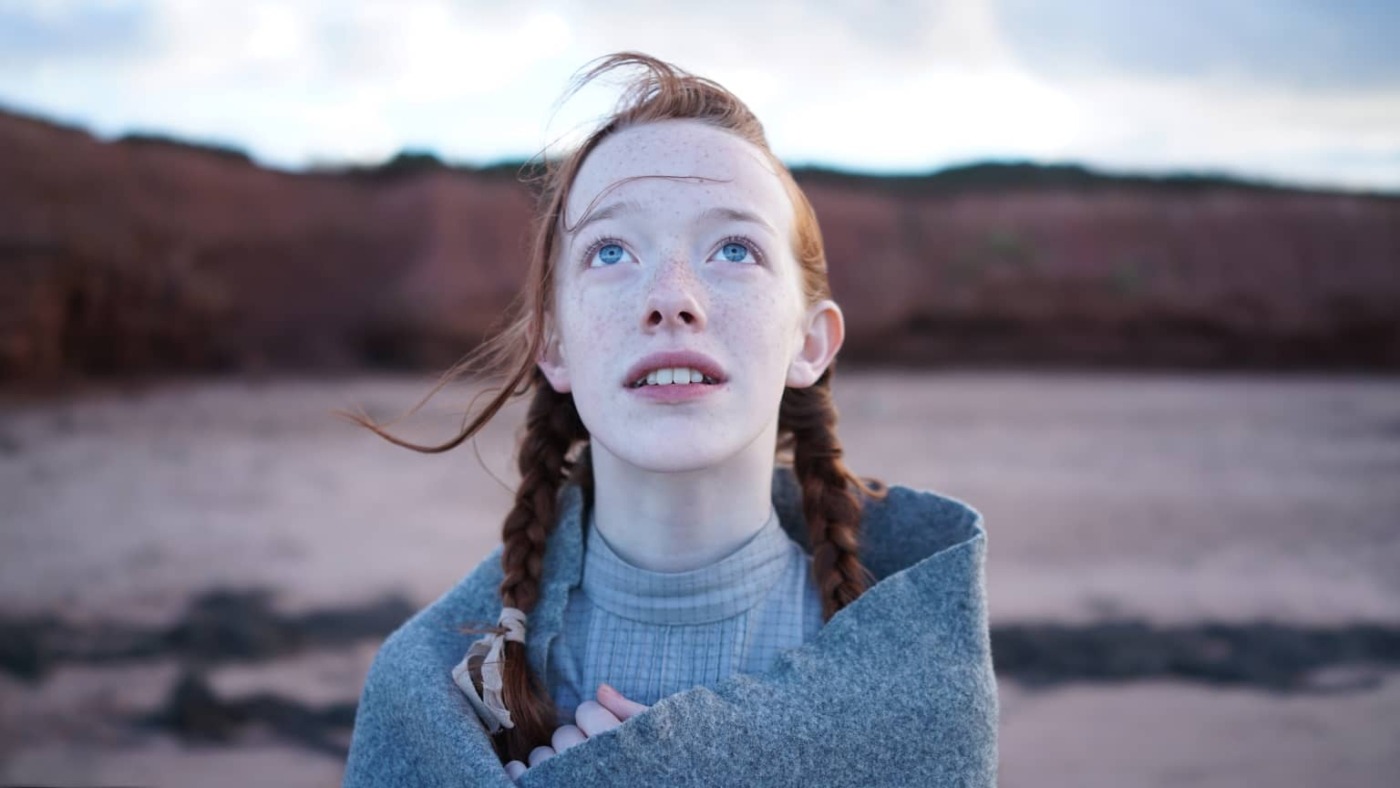If I could meet any author: Lucy Maud Montgomery
The stories we are told during our life make us who we are, and arguably, this is especially true concerning the very first books we read. When we start our reading careers as children, we do not yet possess the tools to critically assess and question the stories we are confronted with. Instead, we immerse ourselves in the fictional worlds that become our very own and contribute to our view of the outer world. That is why, if I could meet one author, it would be Canadian children’s author Lucy Maud Montgomery (1874 – 1942).
In recent decades, a rediscovery of Ms Montgomery’s works has taken place: her novel The Blue Castle was republished in 1990, and the Anne of Green Gables books were recently dramatized in the form of the Netflix series Anne with an E. Other books by this author include a two-volume series entitled Rilla of Ingleside that deals with a young woman’s experience of World War I, as well as the coming-of-age trilogy Emily of New Moon.
It explores Anne’s childhood, adolescence and adult life, featuring milestones and small everyday moments alike
Upon meeting Ms Montgomery, I would not ask for spoiler hints, because luckily all her works have been published already – that is one of the advantages of reading books by dead authors. Instead, I would probably be fangirling over the Anne of Green Gables series, which was one of my favourites when I was younger.
The book series, set in the Canadian province of Prince Edward Island in the late 19th century, follows the story of Anne Shirley, an orphaned girl who is accidentally sent to live with ageing siblings Marilla and Matthew Cuthbert. Even though they initially wanted a boy to help them on their farm Green Gables, Anne gets to stay with them. The story spans a total of six books and several sequels. It explores Anne’s childhood, adolescence and adult life, featuring milestones and small everyday moments alike. Anne becomes a part of the rural community of Avonlea, where she attends school, makes friends, and becomes a teacher herself. She later attends college in the fictional city of Kingsport, gets her B.A. and (after many twists and turns) gets engaged to her childhood friend Gilbert Blythe. While he attends medical school, Anne takes up a position as school principal and they correspond through letters. The couple eventually marry, move away, and have several children.
Even though it clearly is a product of its time, the Anne of Green Gables series deals with timeless issues such as family, friendship, belonging, love and loss
It is a known fact that Anne’s story is partially inspired by the author’s own life: they both grew up on Prince Edward Island, they both were teachers at one point, and both enjoyed writing. When meeting the author, it would therefore be interesting to find out whether the similarities between the book series and Ms Montgomery’s biography end at that, or if they go even further.
Naturally, some elements of the story are typical of the time it was written and hard to relate to from a modern point of view: several characters contract or die from diseases that hardly exist anymore or can be cured easily today, such as typhoid fever, tuberculosis, and yellow fever. Corporal punishment is generally considered to be a normal part of a child’s upbringing and education, and this is only questioned by Anne. Unmarried women over the age of forty are ‘spinsters’, and Anne is expected to give up her teaching career after she gets married.
Nevertheless, even though it clearly is a product of its time, the Anne of Green Gables series deals with timeless issues such as family, friendship, belonging, love and loss. Some of its overarching themes, namely coming of age, finding one’s identity, and the power of education are as relevant today as they were a hundred years ago.
In addition to this, the protagonist is a charming character: free-spirited, talkative, imaginative, and poetic from a young age in her ways of describing nature and its wonders. Seeing the world through her eyes is an enriching experience. Anne is also nuanced, relatable, and above all, human: she is exceptionally smart and eloquent, unafraid to question anything and everything – though sometimes her hot-headedness gets the better of her. In the earlier volumes, Anne also struggles with her unusual appearance, especially her fiery red hair, which is a phase that almost every young person goes through.
However, despite her struggles, Anne adapts to the outside world. She evolves and learns but stays herself through all of it. This is what makes this series and its protagonist exceptional, and that is what I would like to tell Ms Montgomery, and why I would like to meet her.

Comments